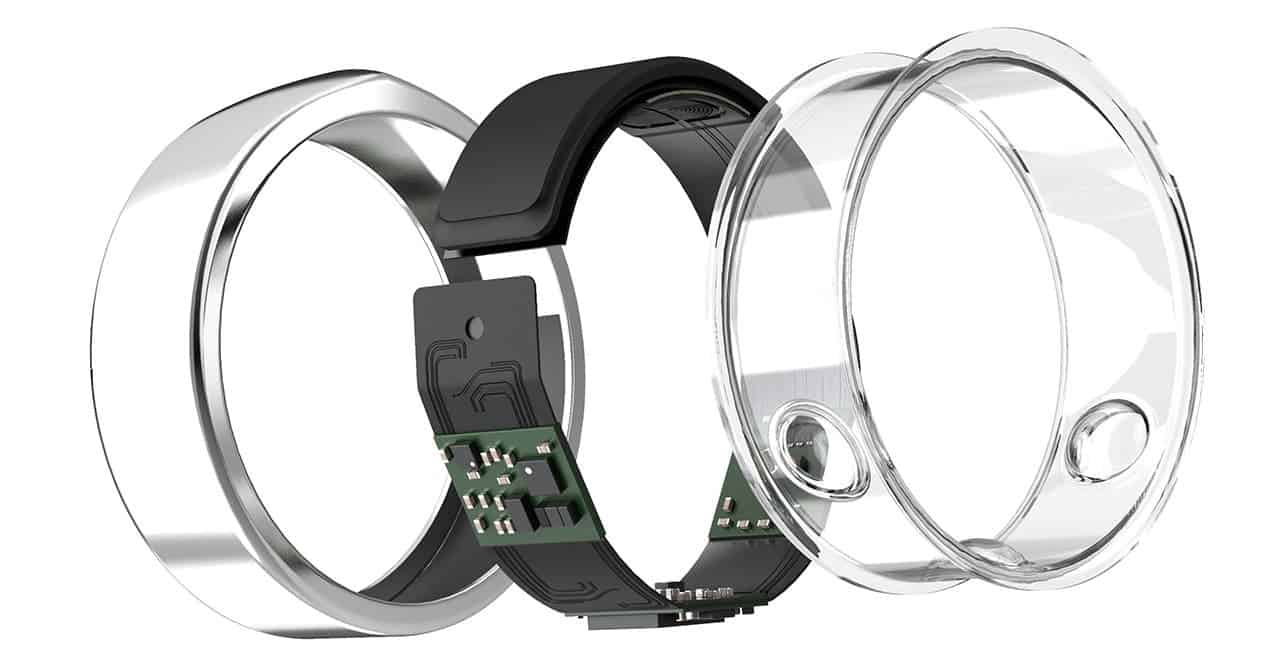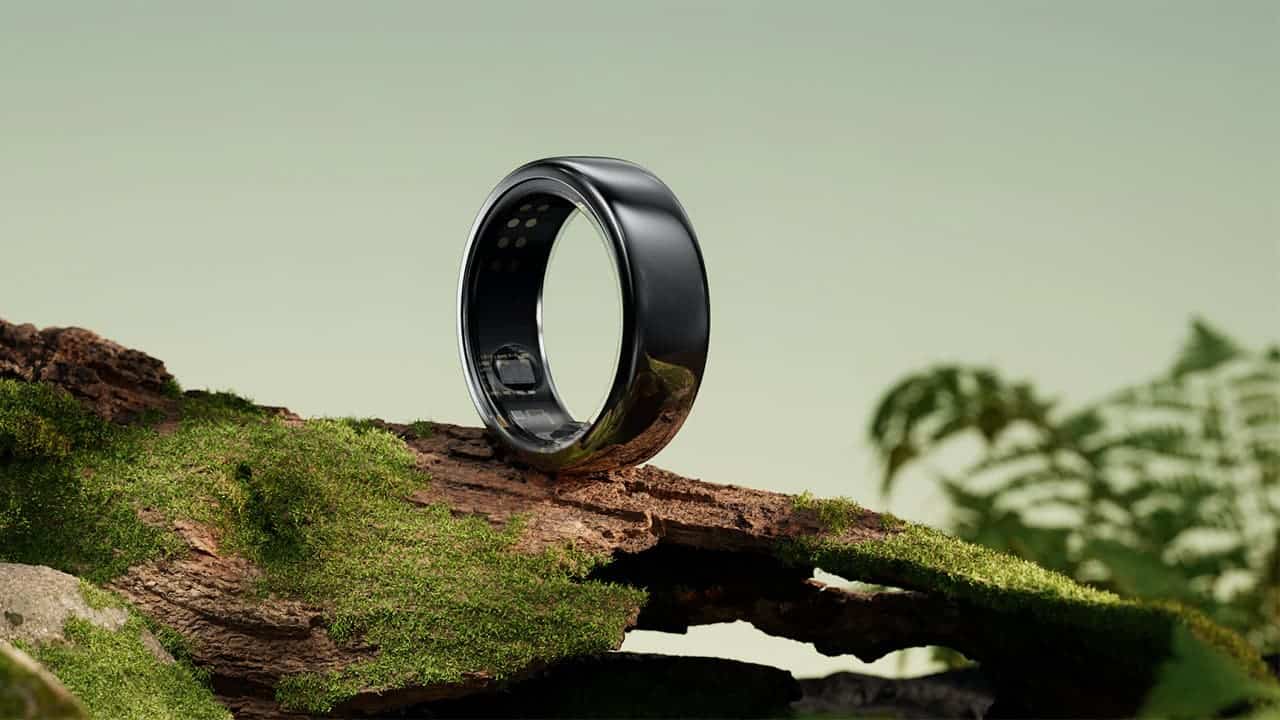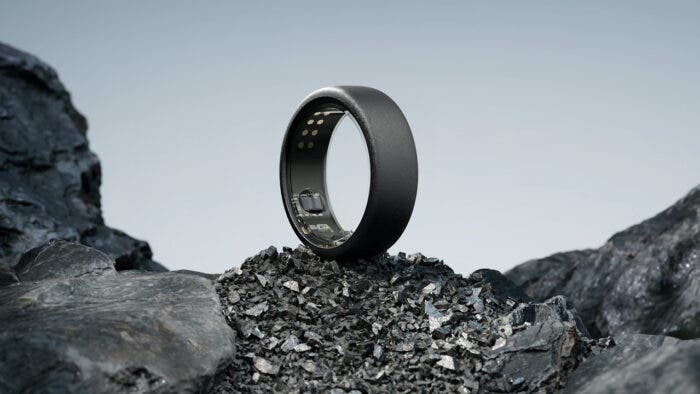The wearable market has been rapidly evolving. And while smart rings may not be as popular as other wearables, it’s the future of wearable technology. Given its ingenious design, the finger-worn tech promises a lot of things. And interestingly, even though it’s picking up attention now, it’s not new tech.
Smart rings have been available for approximately a decade! But, yes, the first of its kind didn’t really do much. Take the NFC Payment Ring that was announced back in August 2016 as an example. As the name suggests, all it did was offer you a method of making contactless payments.
But now, tech giants such as Amazon, Apple, and Samsung are investing tons of money and time on this tech. This will lead to significant technological advancement and increased adoption among users.
What Are Smart Rings? How Do They Work?
So, what is a smart ring? At its core, a smart ring is a miniature wearable computer designed to be worn on your finger. Even though it’s small in size, these devices come loaded with mobile components. That includes NFC chips and different sensors. These components can be tuned for different purposes.

Considering the small size, smart rings do not come with a display. So, how do they work? They work by connecting to other smart devices, such as your smartphone. To make the wireless connection, these devices utilize different wireless communication protocols, such as NFC and Bluetooth.
Once connected, the ring can transmit the collected data. And depending on the model, you can track different health and fitness parameters.
What Can Smart Rings Do?
At the current stage, you can use smart rings for a range of different applications. But in general, the common use case is to track the health and fitness of the user. Here’s a brief overview of some key features to provide a better understanding:
Sleep Monitoring
One of the most common applications of these rings is to track sleep. Many of us already wear a ring while sleeping. Considering that, sleep tracking with a smart ring is less restrictive and cumbersome as compared to other wearables, such as a smartwatch.
That said, sleep-tracking rings can offer you detailed info on your sleeping habit. That includes sleep patterns, how much sleep you get, how much time you spend in different sleep cycles, and sleep disturbances. All of this data can be analyzed to come up with recommendations to get better sleep.
There are already a couple of players in this category. That includes THIM, Motiv, Oura, and GO2SLEEP.
![]()
Fitness and Health Tracking
Aside from sleep tracking, fitness tracking is a common functionality among these devices. As you can guess, a ring with fitness-tracking features can monitor your daily activities. It can register how many steps you have taken, the distance traveled, and the calories burned.
![]()
Smart rings are great in health tracking capabilities as well. Many come with sophisticated sensors that can track different health parameters. This includes monitoring blood oxygen levels, glucose levels, and blood pressure.

Moreover, certain models incorporate advanced technologies like electrodermal activity sensors. It enables the smart ring to track cognition and emotion through the skin. And through that, these devices can help to manage stress levels.
Contactless Payments with Smart Rings
As previously mentioned, contactless payments played a significant role in initiating the smart ring revolution. But ever since the first NFC payment ring, this category has made many advancements. And let’s not forget to mention that more and more rings are coming out with this feature.
With the contactless payment feature, you can use your ring to make a contactless payment. Banks in some countries such as France, Japan, the U.K., and the Netherlands are already offering contactless payment rings for customers with debit and credit cards.
Remote Control and Online Security Features of Smart Rings
Just recently, smart ring manufacturers started to integrate online security features into their offerings. For example, the Motiv Ring now offers two-factor authentication (2FA) for logging into your online accounts. And it’s not just the only smart online security feature that these devices have to offer.
Soon, smart rings will offer biometric authentication, offering you a more secure way of navigating through the internet. Motiv is currently doing a beta test on this, which utilizes facial recognition and fingerprint scanning.
Besides, these rings can work as a remote control for smart devices. For example, you can use the smart ring to set alarms, receive a call, read a text, and do many other things to increase your productivity.

What Makes Smart Rings Different from Other Wearables?
As you can see, smart rings and other wearables share some similar functionalities. Even so, there are some things that make a smart ring stand out from a fitness band or smartwatch:
Form Factor and Comfort
Smart rings are smaller and less noticeable than other wearables. The compact nature makes them comfortable to wear. What’s more important is that they can blend well with regular jewelry.
Purpose Specific Use
While smartwatches and smart bands have become all-in-one devices, smart rings are purpose-specific. Of course, you can get models that act like an NFC payment ring and health tracker simultaneously. Still, they are more geared toward fulfilling specific users’ needs.
Ease of Use
Unlike smartwatches and smart bands, you don’t need to learn to use a brand-new UI for these devices. After all, they don’t have any display on them. And most of the companion apps come with a highly user-friendly interface, making them a bit easier to use than other wearables.





